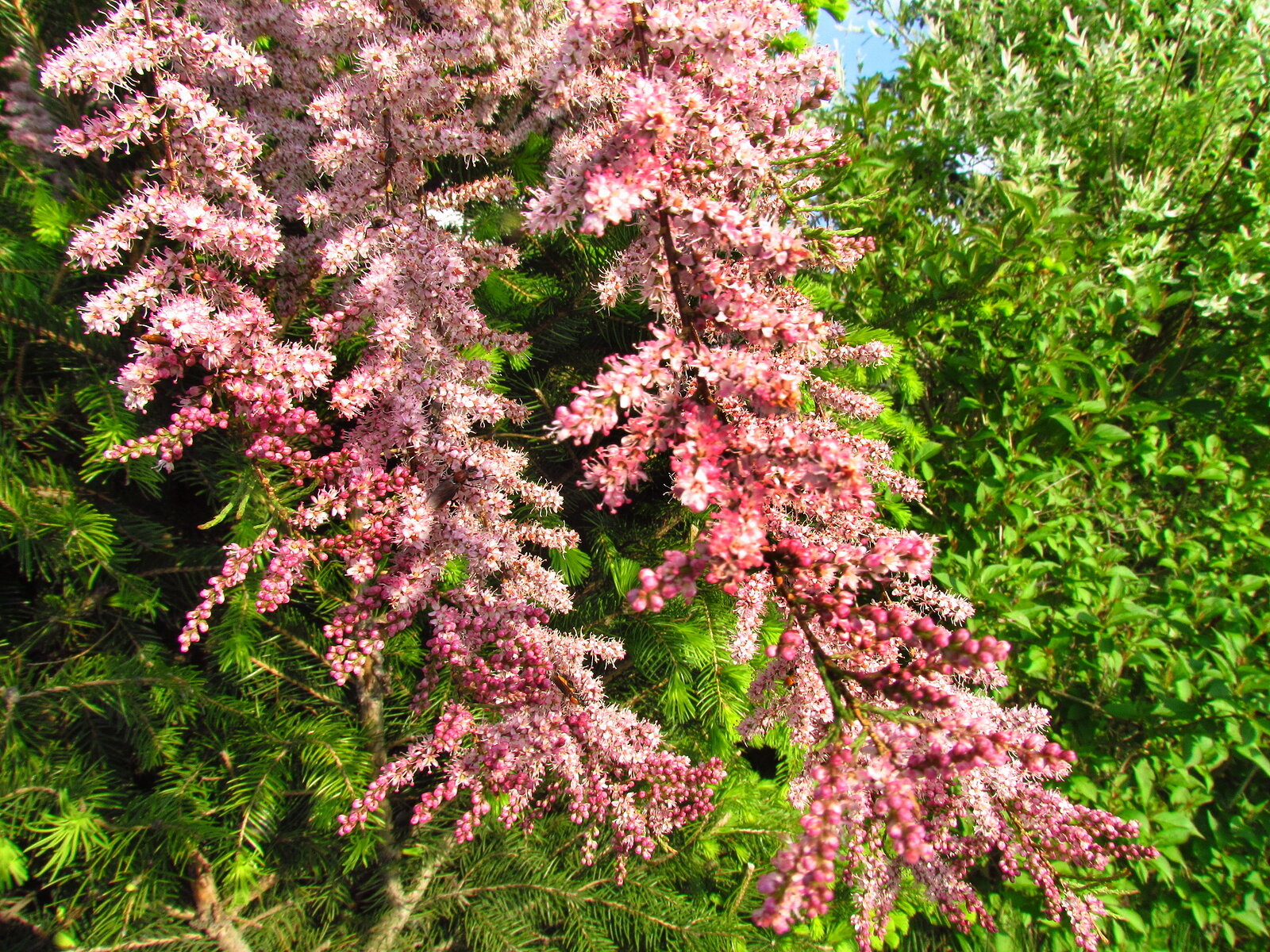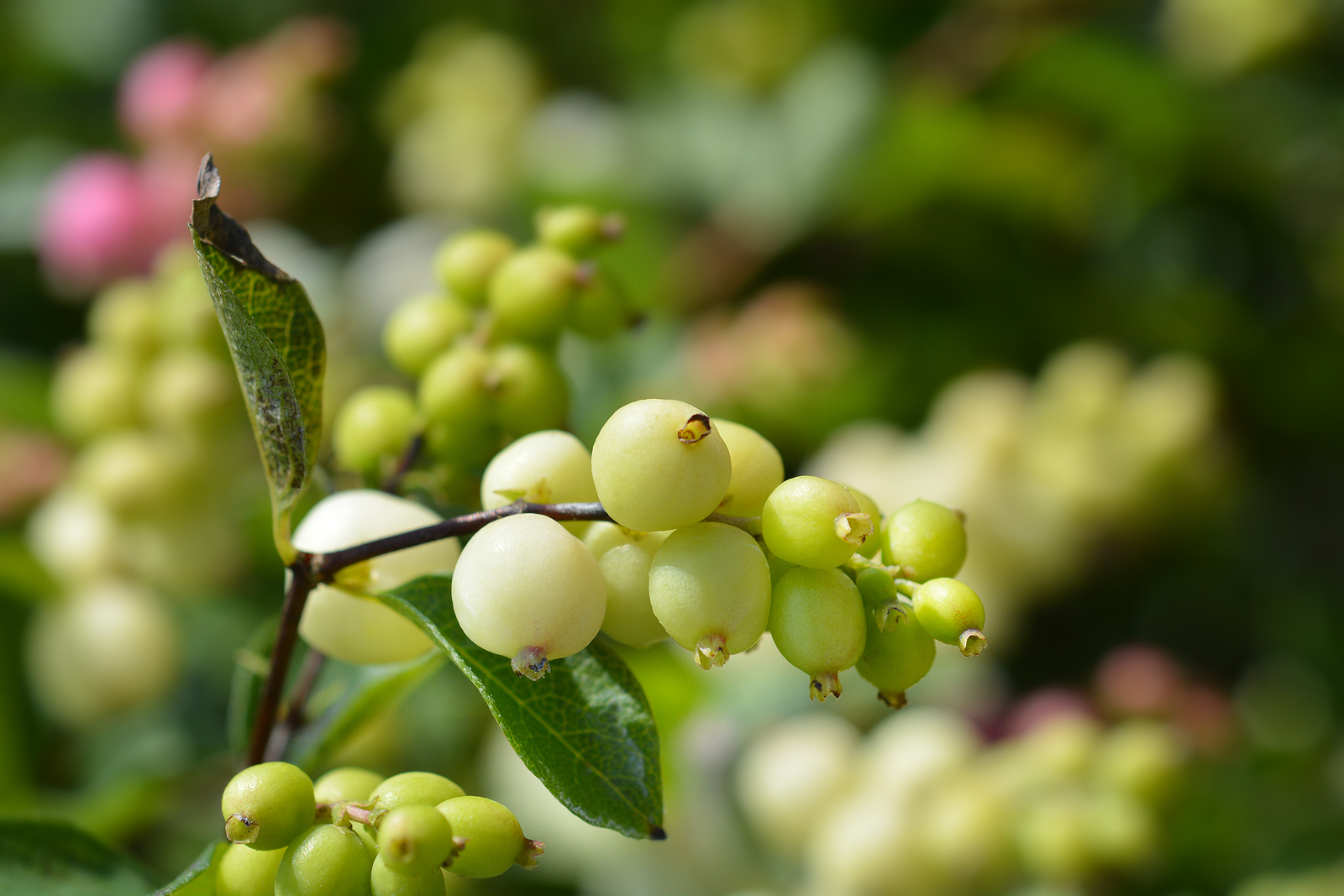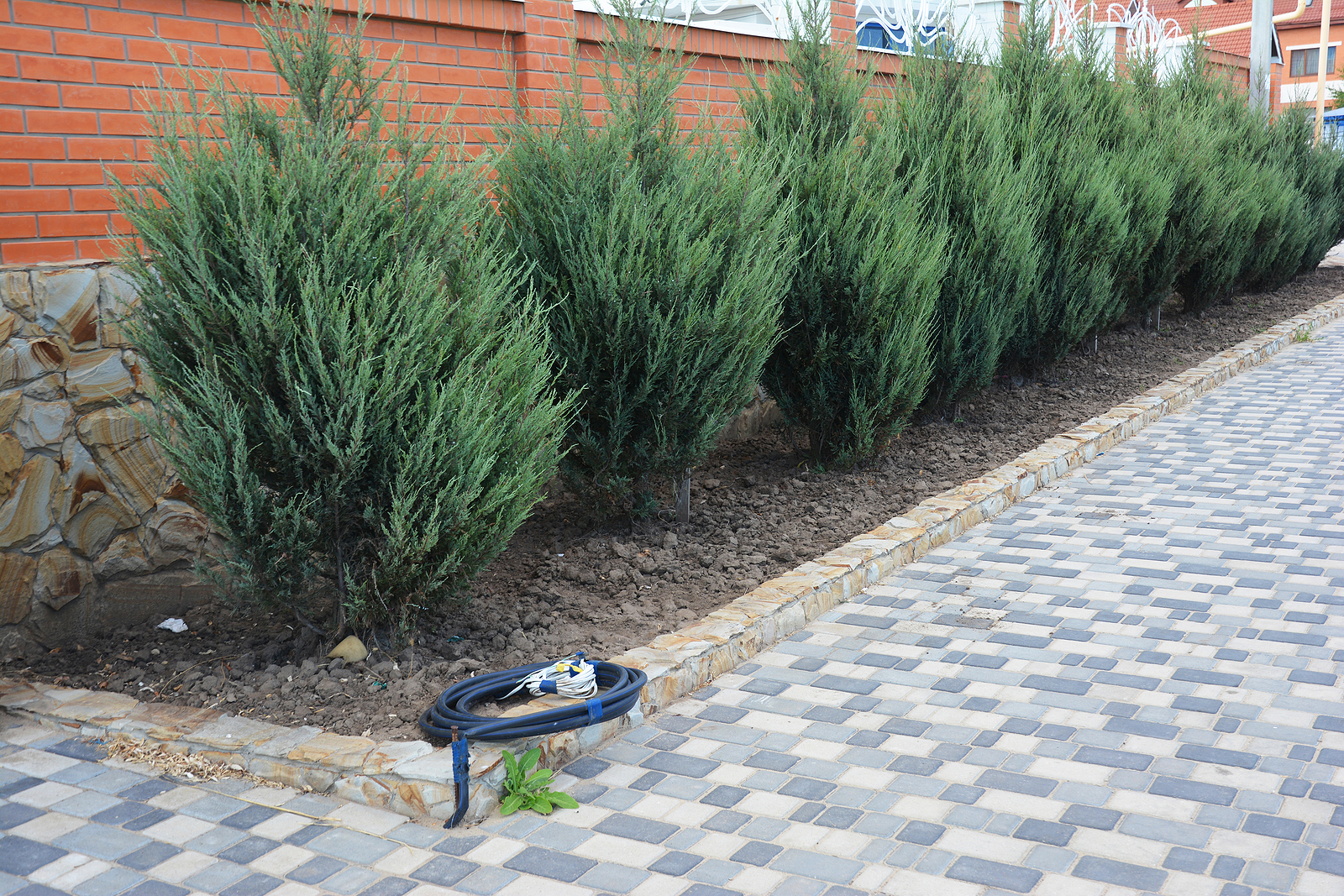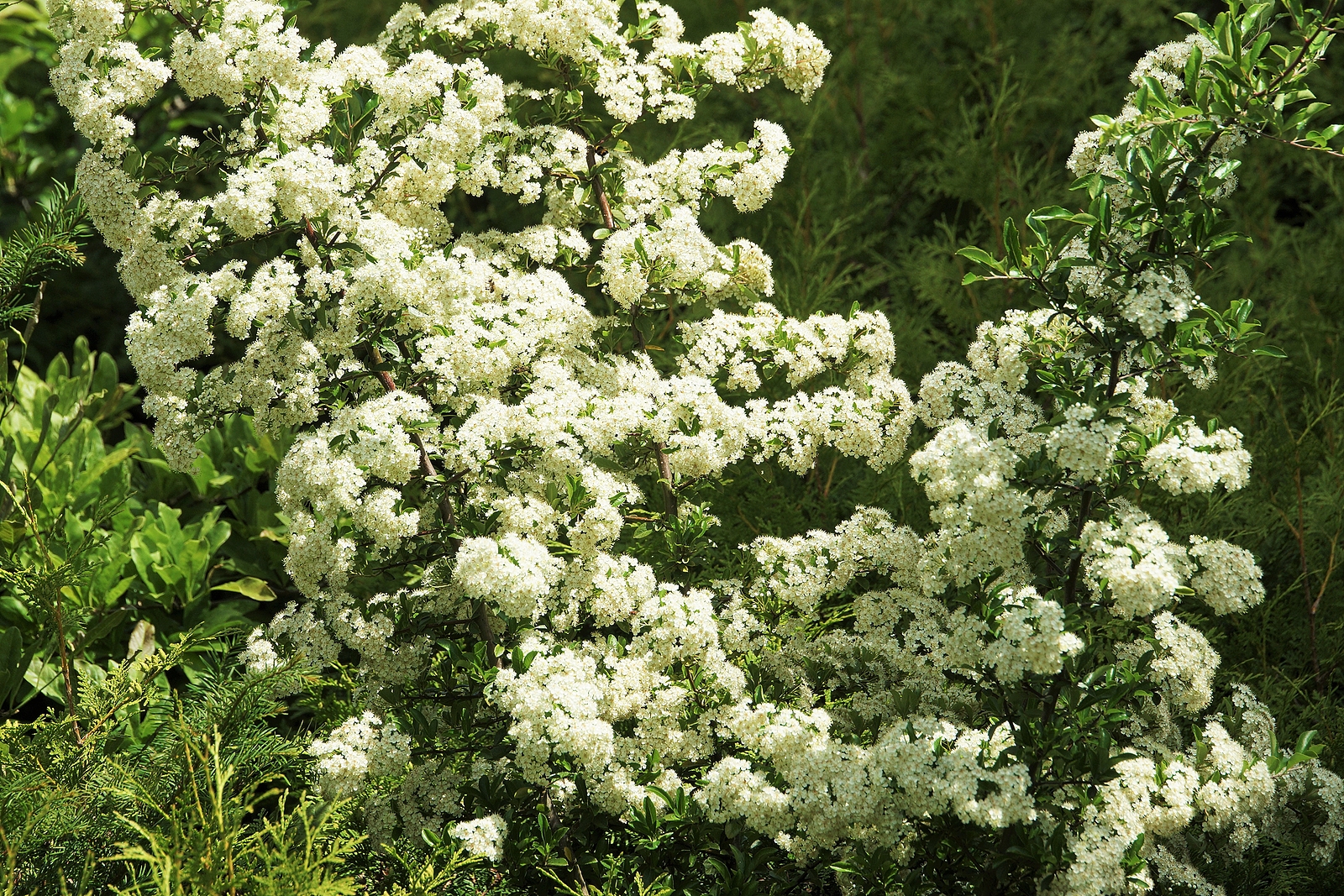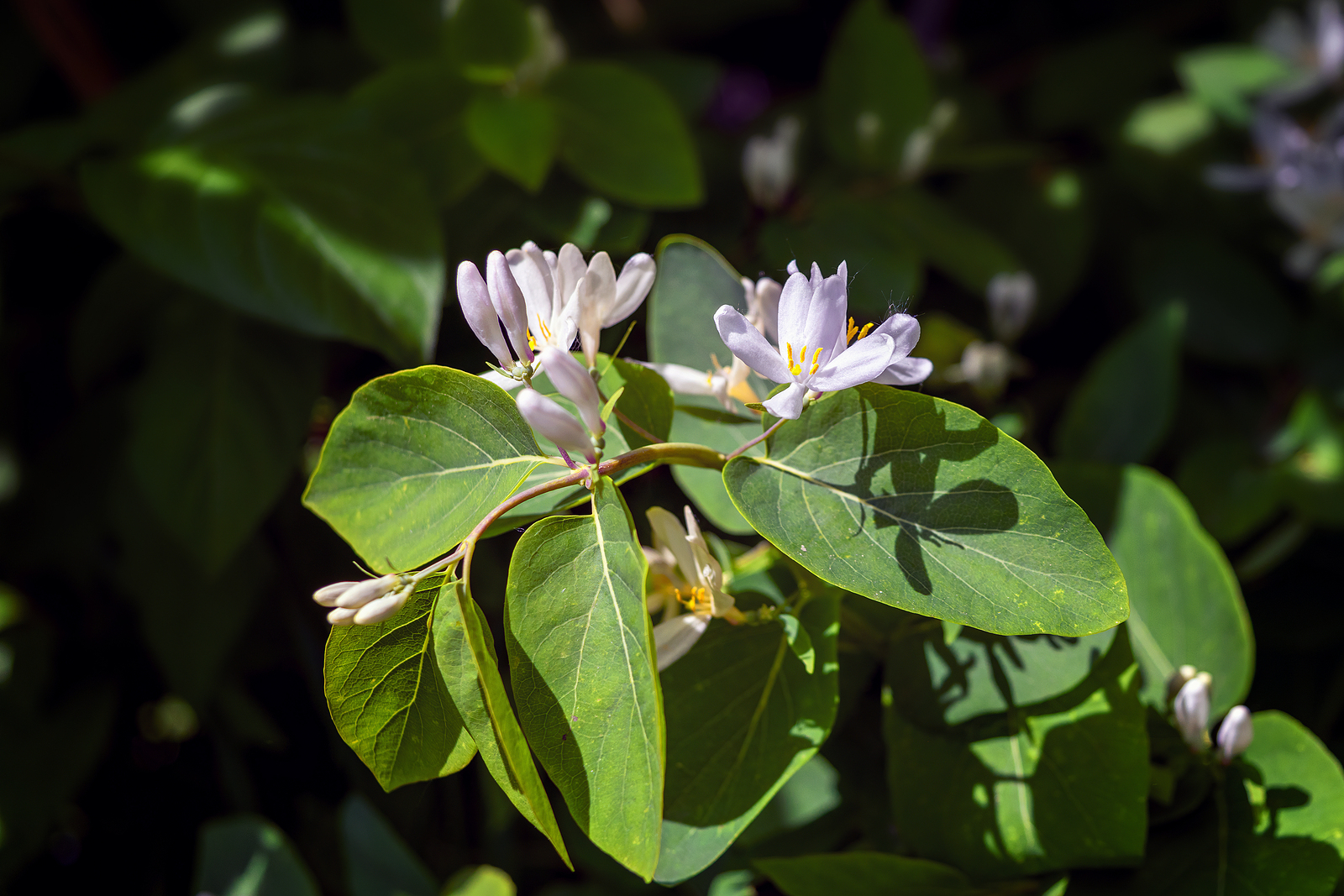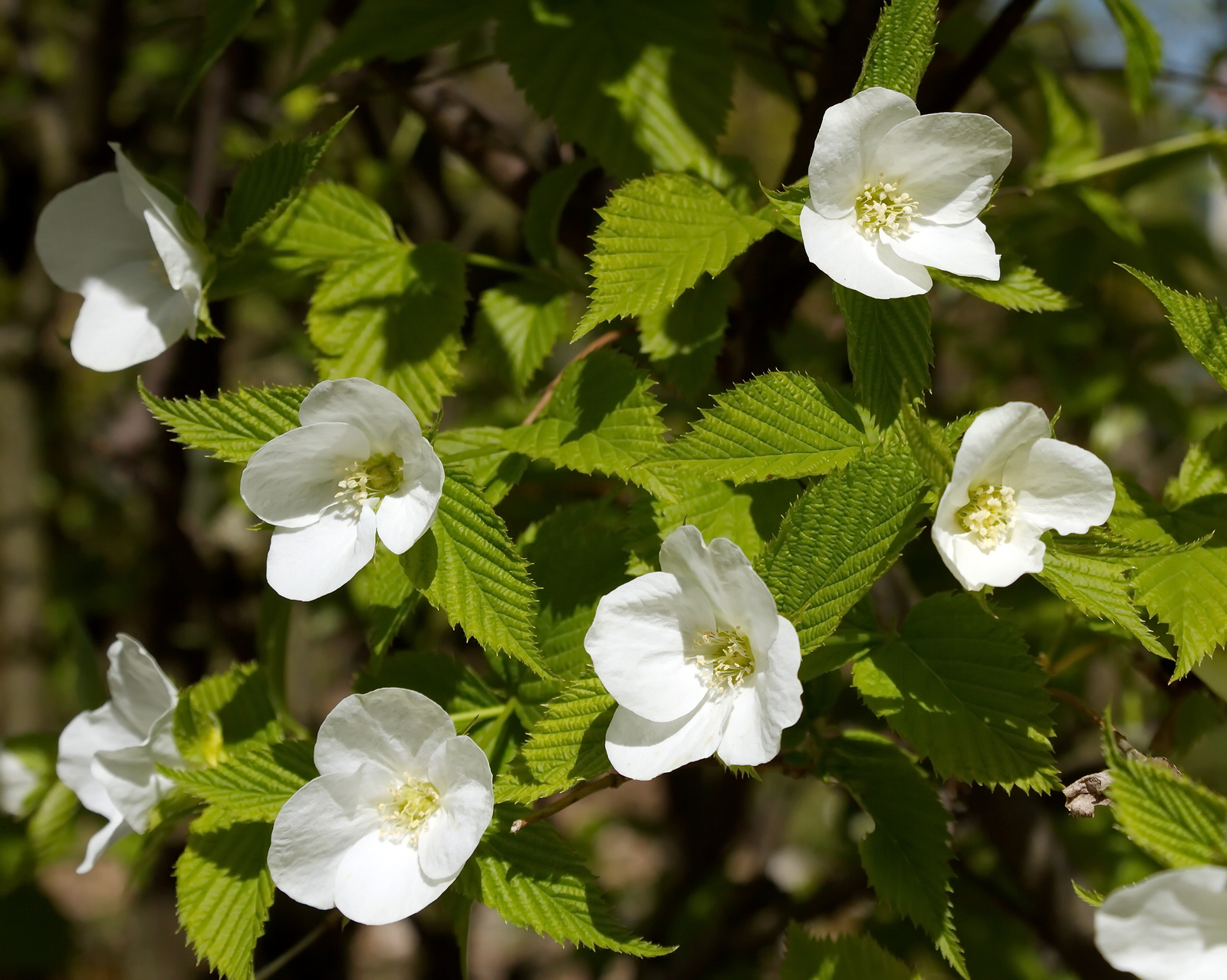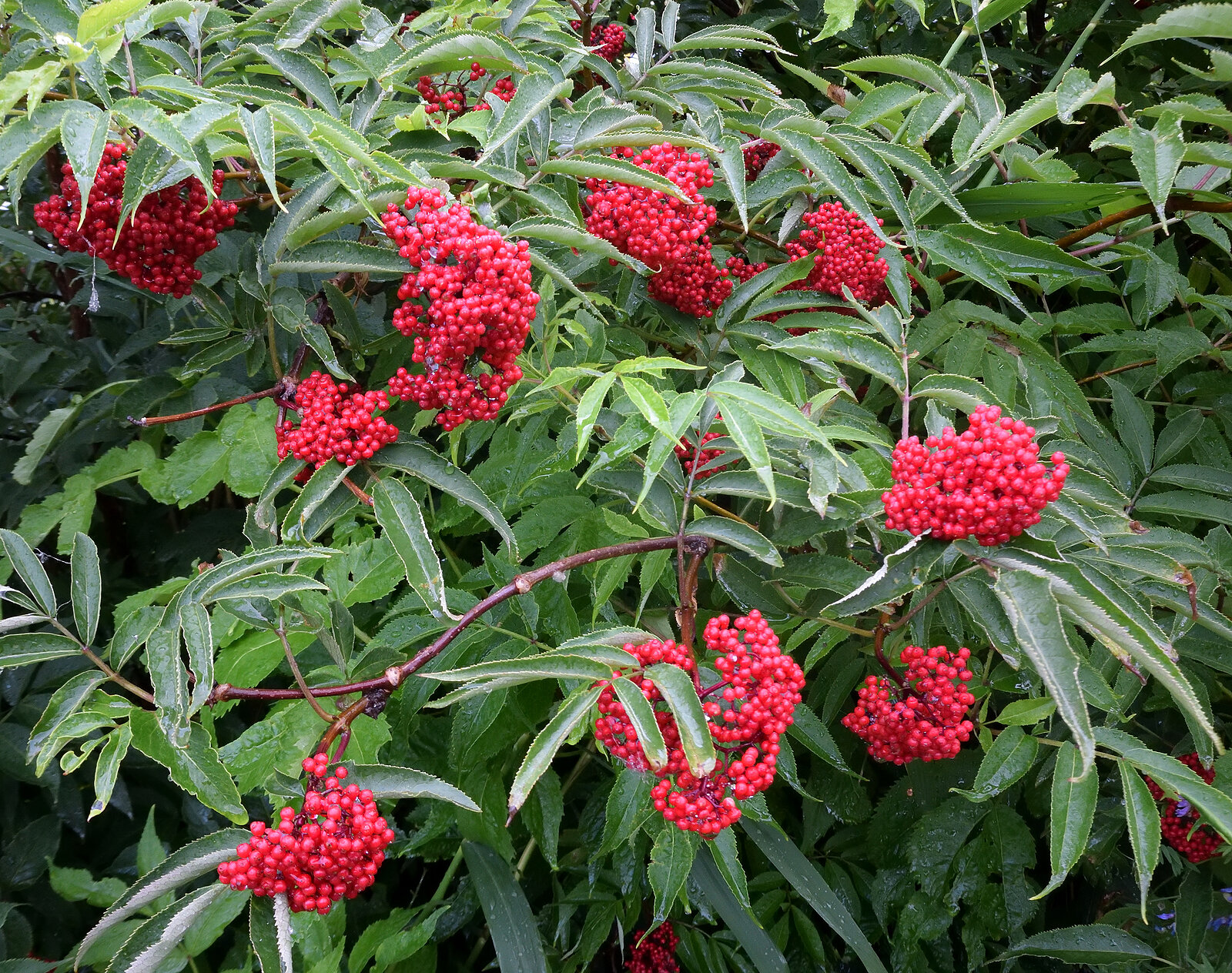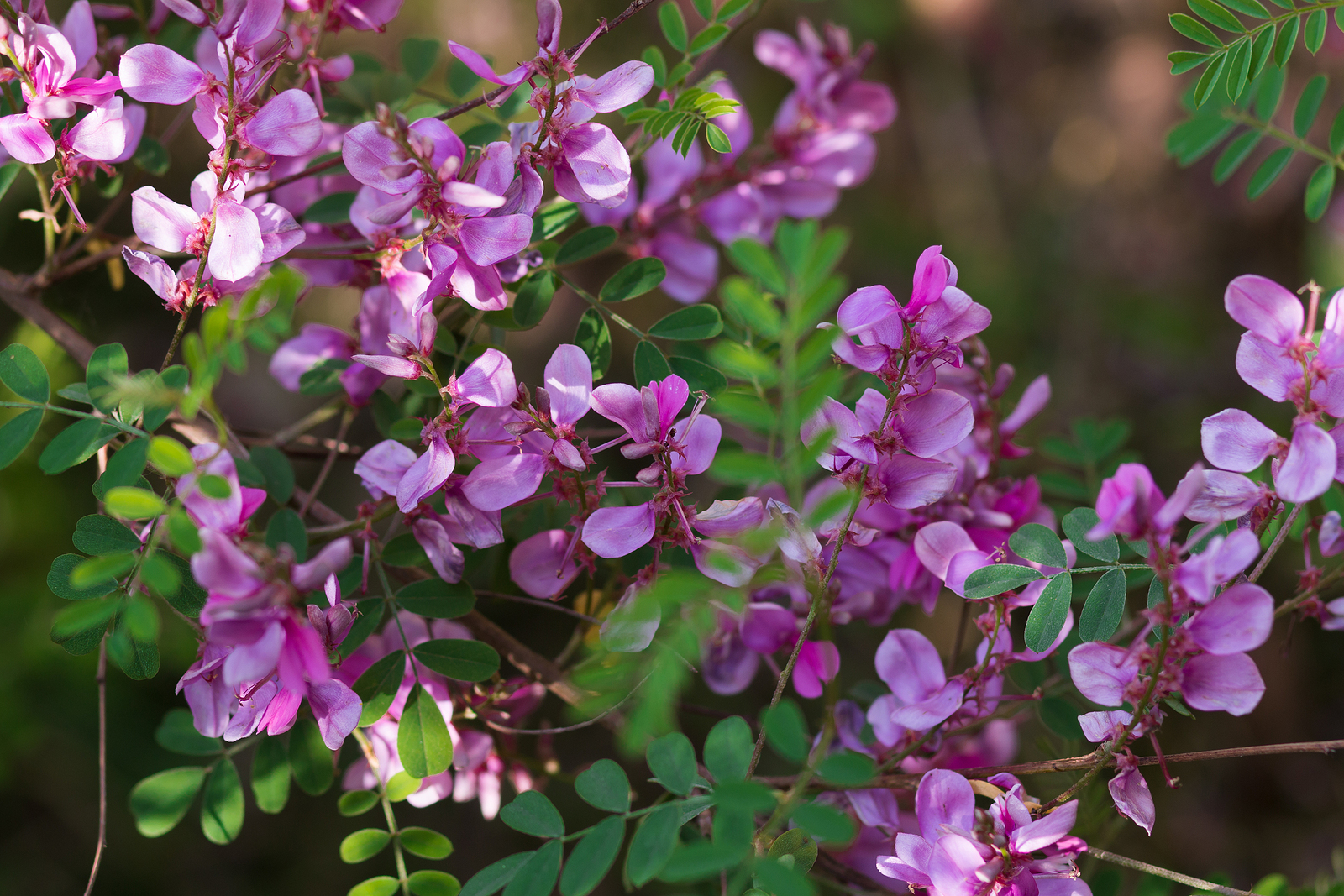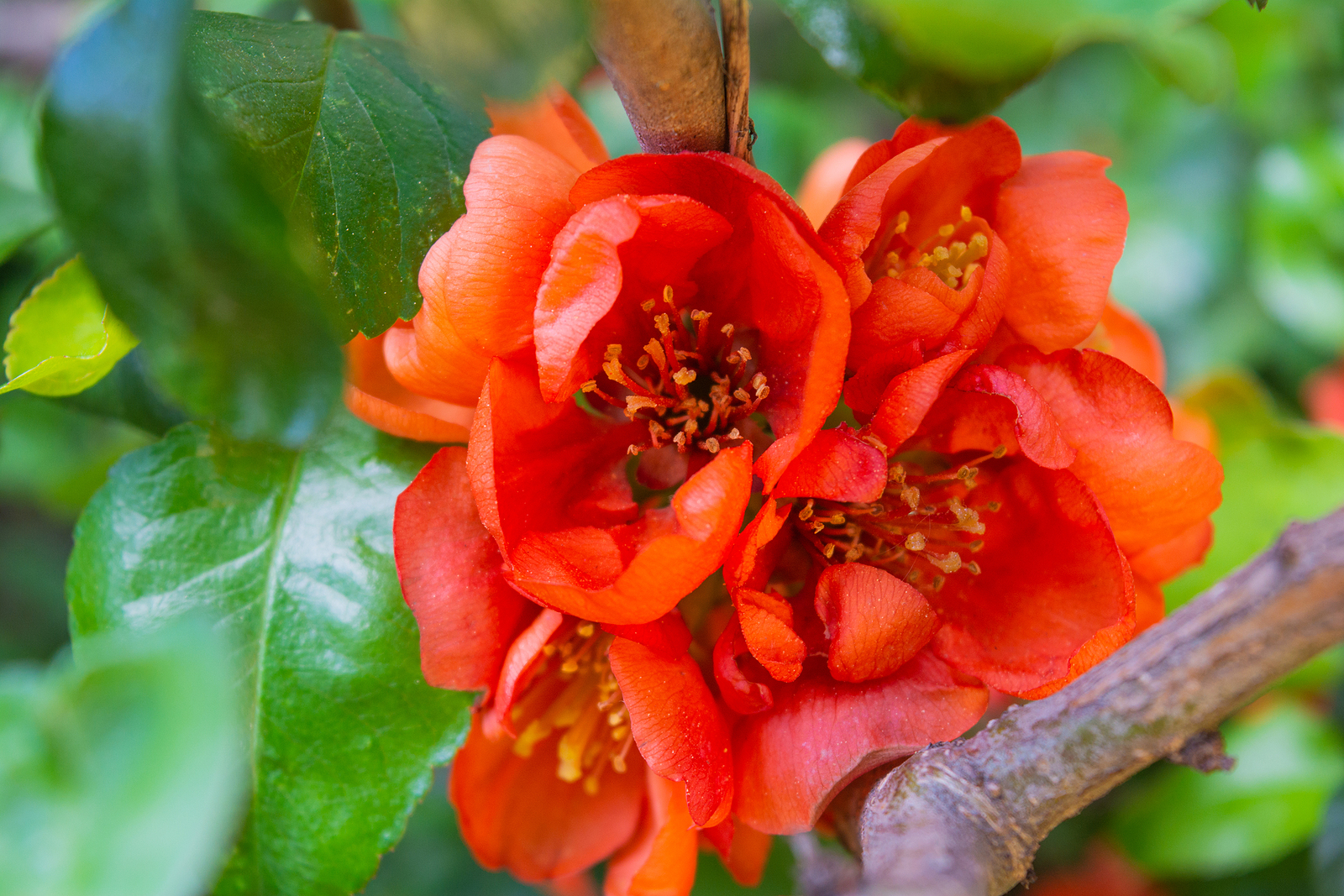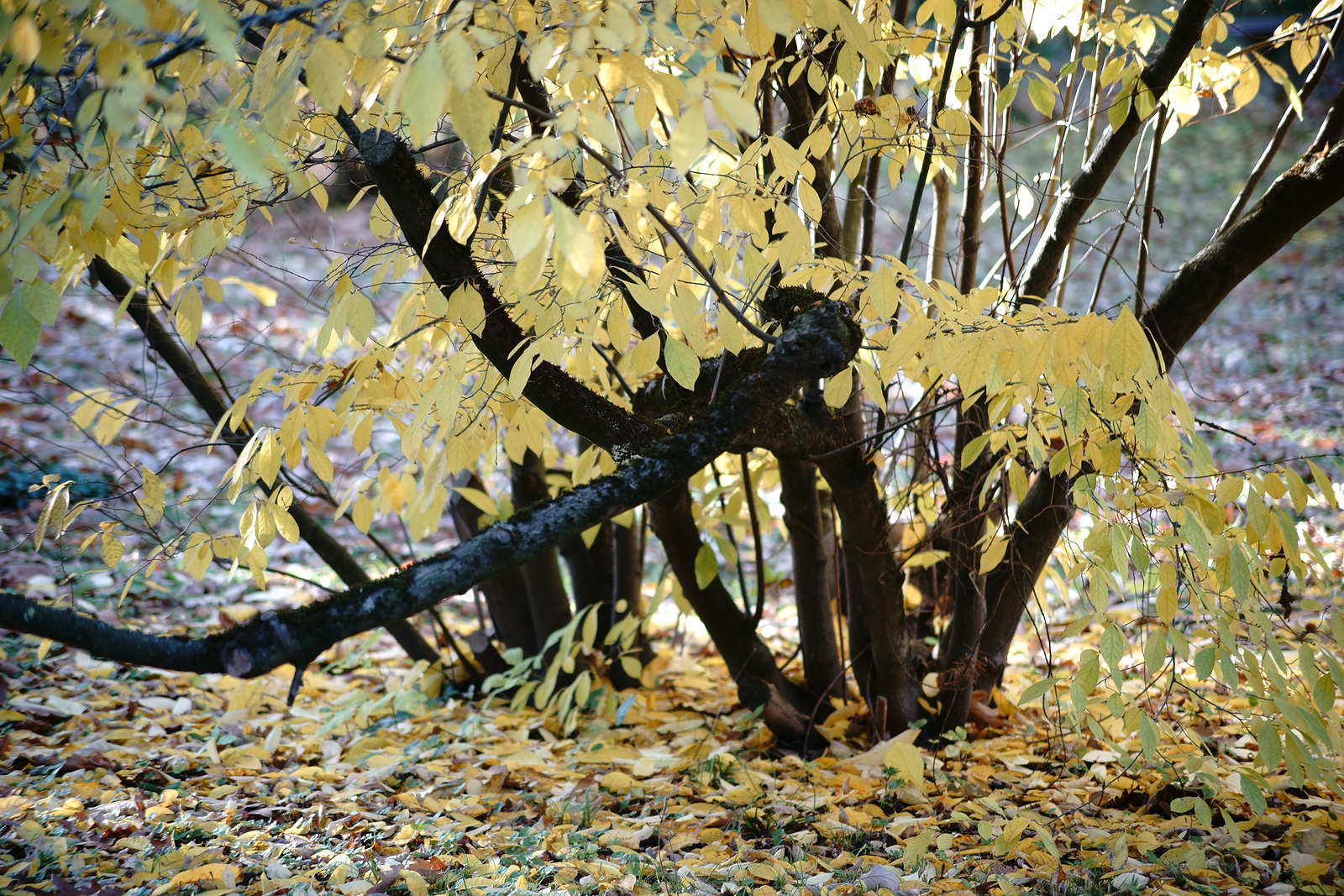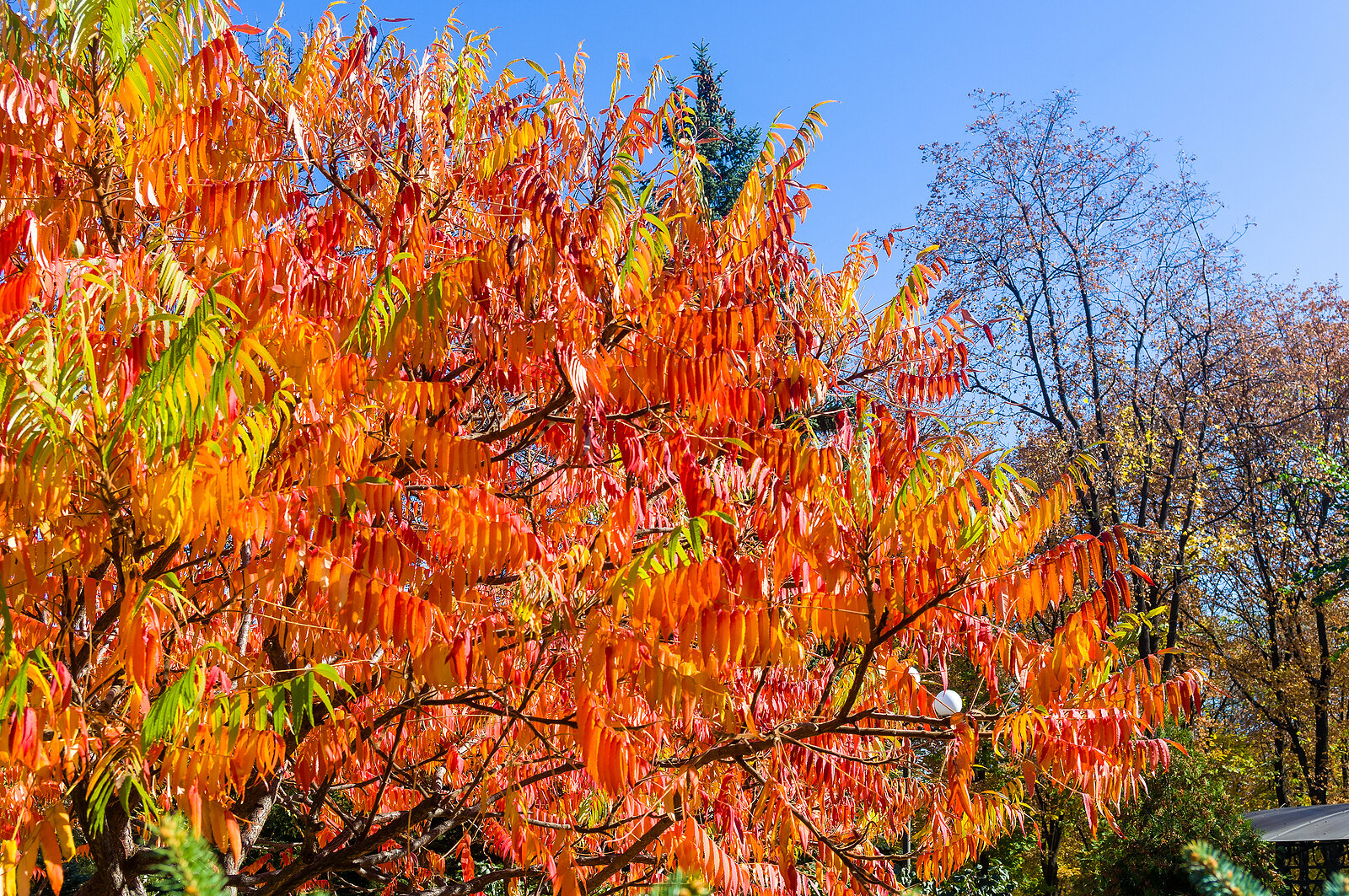How to Grow Tamarix – Tamarisk
Tamarix — commonly called Tamarisk–are grown for their attractive, feathery foliage of small needle-like leaves and racemes of small pink or rose flowers. They are large shrubs and small trees that grow in windy locations, salt spray, and poor or sandy soil. They can be used as a windbreak, exposed hedge, and in seacoast gardens. Tamarix can be […] More

